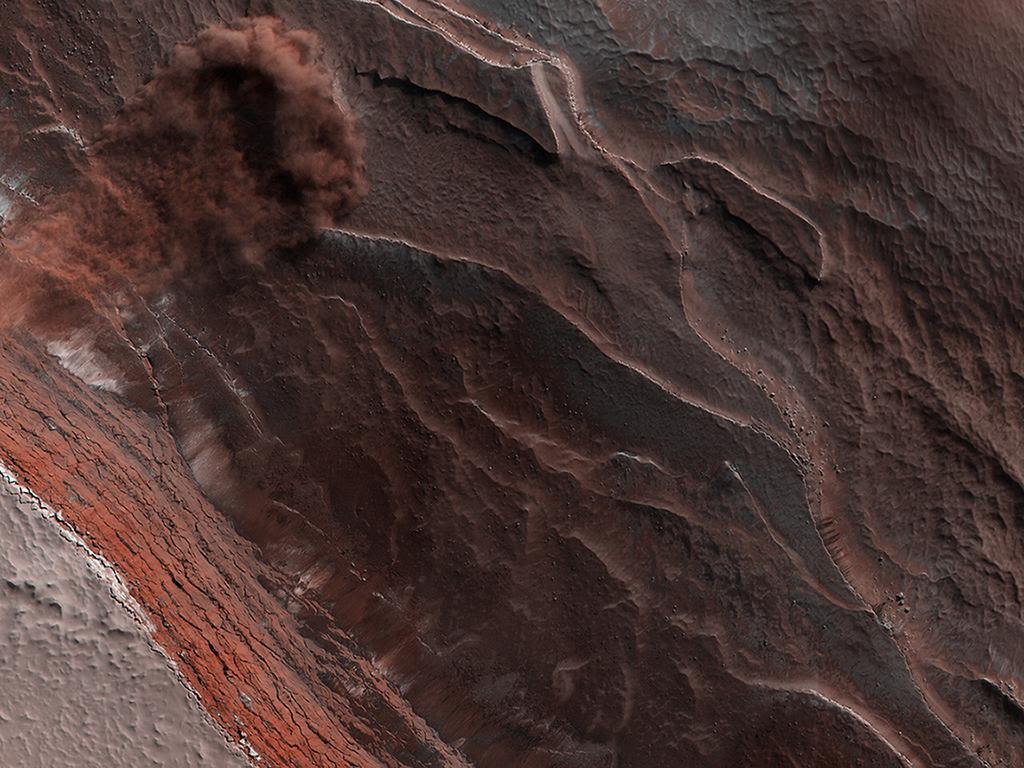Mars Will Make Its Closest Appearance Since 2018 Next Month

Mars, captured by the Hubble Space Telescope in 2018.
Image: NASA
For those of you who fondly remember the campy, hilarious 1996 sci-fi film Mars Attacks!, starring Jack Nicholson, you may be interested to know that we are fast approaching the best opportunity to observe the red planet in our night sky since 2018.
And while this close approach of Mars won’t include murderous bug-eyed aliens who wear their basketball-sized brains on the outside of their heads, it will allow even the most casual observer to be completely dazzled by how remarkably bright and colorful the planet will appear–even without a telescope or binoculars.
The close approach itself (or “opposition”), will take place on October 6. That evening, about an hour or two after sunset, you’ll see Mars shining like an orange-red searchlight low in the eastern sky. On average, the planet lies about 139 million miles from us, but on the night of the close approach it will be only 38.5 million miles from the Earth. If the skies are clear, it will be impossible to miss.

NASA says the Martian ice cap, pictured here, is like a cake, with every layer telling a story.
Image: NASA
Over the course of that evening, Mars will climb higher and higher, until around 2 a.m., when it will be a bright, colorful beacon, high overhead in the southern sky before starting its slow descent, finally setting in the west shortly before sunrise the following morning.
And if it’s cloudy or raining? Don’t worry! Although the best night to observe will be October 6, the fact is that for a few weeks both before and after that date, Mars will still be remarkably close and bright. As with many things astronomical, it won’t suddenly appear or disappear; it will do both, gradually over time.

Hi-RISE, the High-Resolution Imaging Science Experiment camera aboard NASA's Mars Reconnaissance Orbiter (MRO), captured this avalanche plunging down a 1,640-foot-tall cliff in 2019.
Image: NASA
If you do happen to have a small telescope, this is a great time to take it out. Normally, Mars is so far away that even with a scope, it’s tough to see any kind of detail. But for the days and weeks leading up to and following this planetary opposition, you’ll find that even a small instrument may reveal some Martian features—including its polar ice cap.
If it were not for Covid-19, members of the Local Group of Deep Sky Observers would set up telescopes for public observing, but in the interest of public health and safety, there is no observation event scheduled at this time.
Jonathan Sabin is the president of the Local Group of Deep Sky Observers, a club founded in 1983 for astronomy enthusiasts in the Sarasota-Manatee area. For more information, visit www.LGDSO.com.



